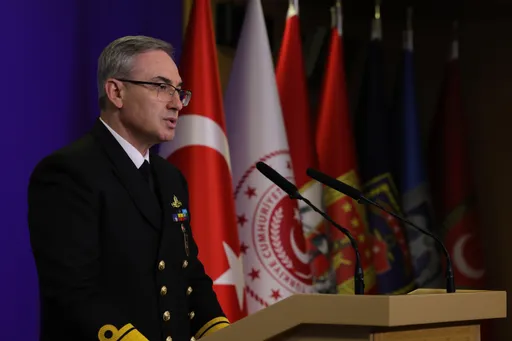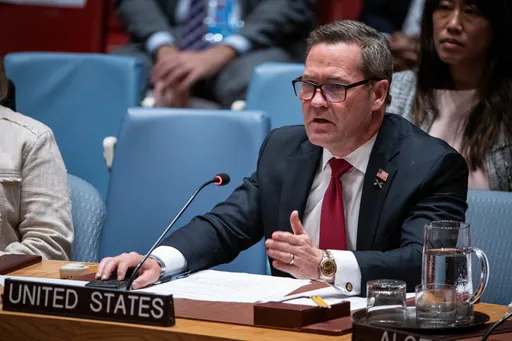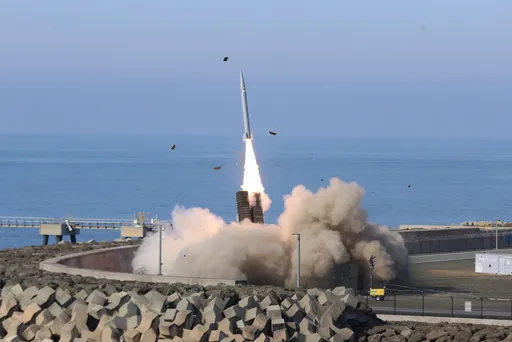Hundreds of refugees and asylum seekers were barricading themselves inside a detention centre in Papua New Guinea (PNG) on Tuesday, defying attempts by Australia and PNG authorities to close the facility.
Human rights advocates are warning of a looming humanitarian crisis in the stand-off between detainees of the Manus Island Centre and authorities as the October 31 deadline to close the Australian-funded camp arrived.
The Manus centre – a key plank of Australia's controversial "Sovereign Borders" immigration policy – houses nearly 800 men.
The country refuses to allow asylum seekers arriving by boat to reach its shores, detaining them in camps in PNG and Nauru in the South Pacific.
Lawyers for some 600 men – who are refusing to be relocated in three other facilities in PNG, citing concerns about violent reprisals from the local community – were filing a last-minute lawsuit on Tuesday seeking an injunction to prevent the camp's closure and the relocation of the men to a third country.
The UN and rights groups have for years cited human rights abuses among detainees in the centres.
TRT World'sLiz Maddock reports.
PNG's High Court ruled last year that the Manus centre, first opened in 2001, was illegal.
Closed between 2008 and 2011, the centre reopened in 2012 after a rise in the number of boat arrivals to a peak of 300 in 2013, carrying more than 20,500 people.
Two years later, the Australian government announced that boat arrivals had stopped.
Electricity and water supplies
Authorities had cut power to the centre on and off overnight in a bid to encourage the men to leave, Nick McKim, a senator with the Australian Greens Party who is on Manus said.
PNG officials also posted a notice at the camp early on Tuesday warning the men that electricity and water supplies would be turned off at 5pm local time, while no further food would be delivered to the camp.
Asylum seekers said many men had now run out of food, while others were surviving on supplies they had stockpiled.
PNG has sent paramilitary services to oversee the closure.
"This is a breach of human rights," McKim told Australian Broadcasting Corp radio.
"They remain Australia's responsibility and the UN has repeatedly confirmed that."
Refugee swap deal
PNG Immigration Minister Petrus Thomas warned late on Sunday that Australia will not be allowed to walk away from legal, financial and moral responsibility for the men.
Australia has already said it would spend up to A$250 million ($195 million) to house the men for the next 12 months. Just under 200 men have already been moved.
The relocation of the men is designed as a temporary measure, allowing the United States time to complete vetting of refugees as part of a refugee swap deal.
The United States has agreed to take up to possibly 1,250 refugees from Australia's two Pacific detention centres, but so far only 25 men from Manus have been resettled.
In exchange, Australia said it will resettle Central American refugees.
Australia has said those detainees not resettled in the United States will be allowed to stay in PNG or Nauru.
But nearly all have refused invitations to settle permanently in both locations. Thomas said PNG will not force anyone to remain.
The bulk of the detainees come from war-torn countries such as Syria and Afghanistan, Pakistan, Iran, Sri Lanka and Myanmar.
























